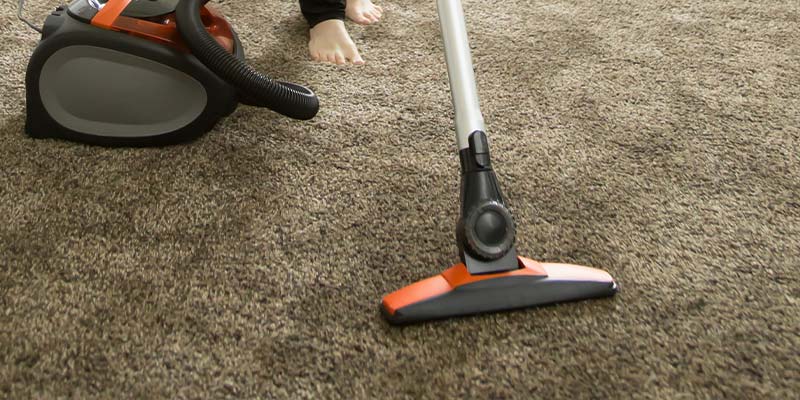This article will specifically focus on the lifespan of a wall-to-wall carpet and is part of Zarif Carpets‘ collection of articles related to wall-to-wall carpets. Discover more articles related to the subject on our ‘All About Wall-to-wall Carpet‘ page.
If you are not familiar with the topic of wall-to-wall carpets, we recommend checking out our guide ‘Wall-to-wall Carpets: What You Should Know‘ first.
Wall-to-wall carpet is also known as fitted carpet, moquette, and broadloom carpet. All these terms refer to the same type of flooring.
What Affects the Lifespan of a Wall-to-wall Carpet?
While there is no exact value for the maximum lifespan of a wall-to-wall carpet, but, many factors affect the longevity of a fitted carpet; some are related to the technical specifications of the moquette, while others pertain to where the carpet is used. Technical specifications, such as the carpet’s raw material and structure, as well as location-related factors like traffic and maintenance, are the most important factors influencing the lifespan of a wall-to-wall carpet.

Carpet's Raw Material
Wool carpets typically last longer than synthetic ones like nylon or polyester under the same conditions. However, wool carpets are more prone to bacterial contamination and mildew. Additionally, plastic-based carpets perform better with pets.
Check out our article titled ‘Pet-friendly Carpet‘ to get more information about which carpet is suitable for pets. Pets often bring dirt with their claws onto the carpet, and they play an important role in the lifespan of a wall-to-wall carpet.
Carpet's Structure
Loop pile and needle-felt wall-to-wall carpets last longer than cut pile carpets. They are specifically designed for high-traffic areas, but they have a rough texture and are not known for their softness.
Another significant factor in a carpet’s structure is density. The higher the density of your carpet, the more likely it is to last for a longer period.
Needle-felt and tufted are the two primary categories of wall-to-wall carpets. Tufted carpets are further divided into two main subcategories: cut-pile and loop-pile. For detailed information about these types of wall-to-wall carpets, check out our articles, ‘Needle-Felt Wall-to-wall Carpets‘ and ‘Tufted Wall-to-wall Carpets‘.
Maintenance
It is very important to keep the carpet clean. In the long run, dust, dirt, and stains can decrease the lifespan of a wall-to-wall carpet. Stains are inevitable but should be cleaned immediately. Vacuum your wall-to-wall carpet every week and clean it annually.

Check out our guides on coffee stain removal and blood stain removal.
Another way to prolong the lifespan of your carpet is to avoid exposing it to sunlight for extended periods. Prolonged sunlight exposure can cause discoloration and dryness in the carpet.
Traffic of the place
Carpets in high-traffic areas, such as offices, are more likely to experience wear and tear more quickly. In homes, areas like stairs or hallways require a more resistant wall-to-wall carpet than other parts of the house, especially if shoes are worn indoors.
How Can We Determine When a Carpet Needs to Be Replaced?
As mentioned, discoloration is one of the symptoms to watch for. For instance, when your carpet begins to lose its original color and appears faded. Other symptoms include an increase in allergy symptoms and a change in the carpet’s odor.
How Many Years Does a Fitted Carpet Last?
Taking all factors into account, there isn’t an exact value, but wall-to-wall carpets typically last more than 5 years. Currently, in our office, we have a needle-felt carpet that is 15 years old. With proper care, a fitted carpet can last even longer than 15 years.
Zarif Carpets, the largest wall-to-wall carpet manufacturer in Iran and the Middle East, produces a wide range of residential and commercial carpets with an annual capacity of 5 million square meters. You can explore our collection by visiting our Carpets Page.
Stay informed about the latest Zarif Carpets’ moquettes and other products by following our LinkedIn page.

